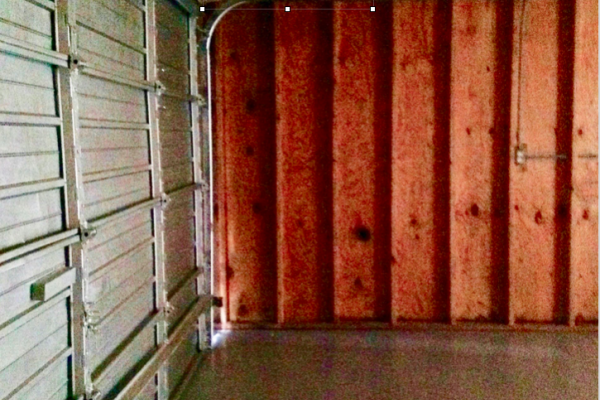Sensor enabled smart buildings that know when they need cleaning, heating or cooling. Buildings that harness rainwater, use less and recycle more. Resiliency buildings that withstand disaster. Sustainable buildings made completely from environmentally friendly materials. The features of Buildings 2.0 are incredible and promising, potentially improving the environment, the longevity of the building, and the lifestyle of the end user. The problem is, they aren’t necessarily easy — or inexpensive — to implement.
Some burning questions remain for businesses: How important is it to put these features into buildings 2.0? How much more expensive would that be, and how would we pay for it all? Who are the major players dominating the market? What do we do about objectives that seem to conflict? How do we get our codes and standards in line with these new features? How do we measure success? Who will measure success?
Welcome to Buildings 2.0.
This event is presented by BuiltWorlds, a community fueling the conversation on emerging technology and new approaches to buildings and infrastructure. For tickets to this event, click here.





